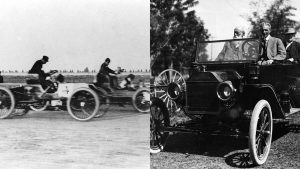Shocking facts about the Salem Witch Trials
The Salem Witch Trials remain one of the most intriguing and mystifying episodes in American history. Taking place in 1692 in colonial Massachusetts, these trials led to the execution of 20 people and the imprisonment of many more. The events have sparked endless speculation and research, captivating historians and enthusiasts alike. Understanding the trials requires a deep dive into the social, economic, and psychological elements that fueled the hysteria in Salem.
The Curious Case of Salem: What Sparked the Witch Hunt?
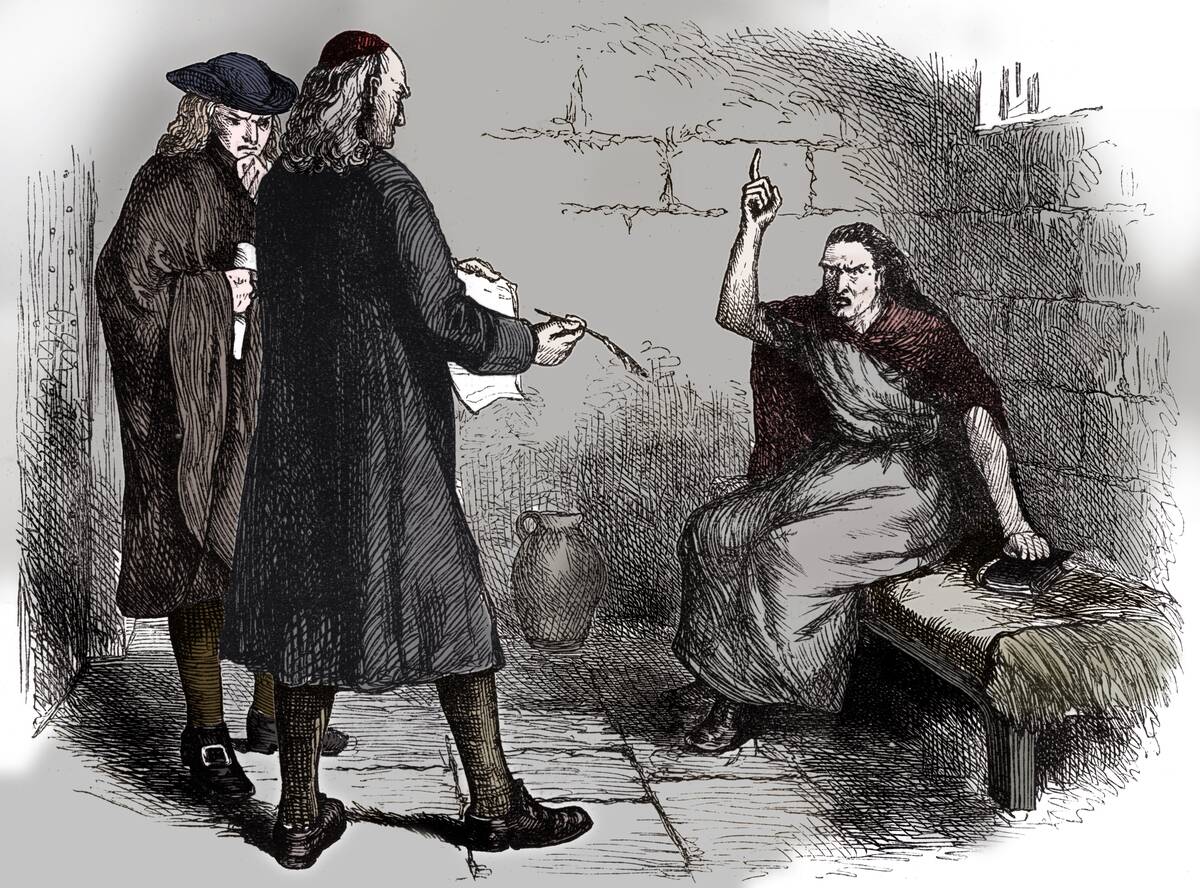
The Salem Witch Trials were ignited by a combination of paranoia and superstition against a backdrop of societal tensions. At the heart of the hysteria was a group of young girls who began exhibiting strange behaviors, such as fits and convulsions. These events unfolded during a period of uncertainty and fear, with recent smallpox outbreaks and threats from Indigenous tribes contributing to the anxious atmosphere.
The Role of Superstition and Fear in 17th Century Salem
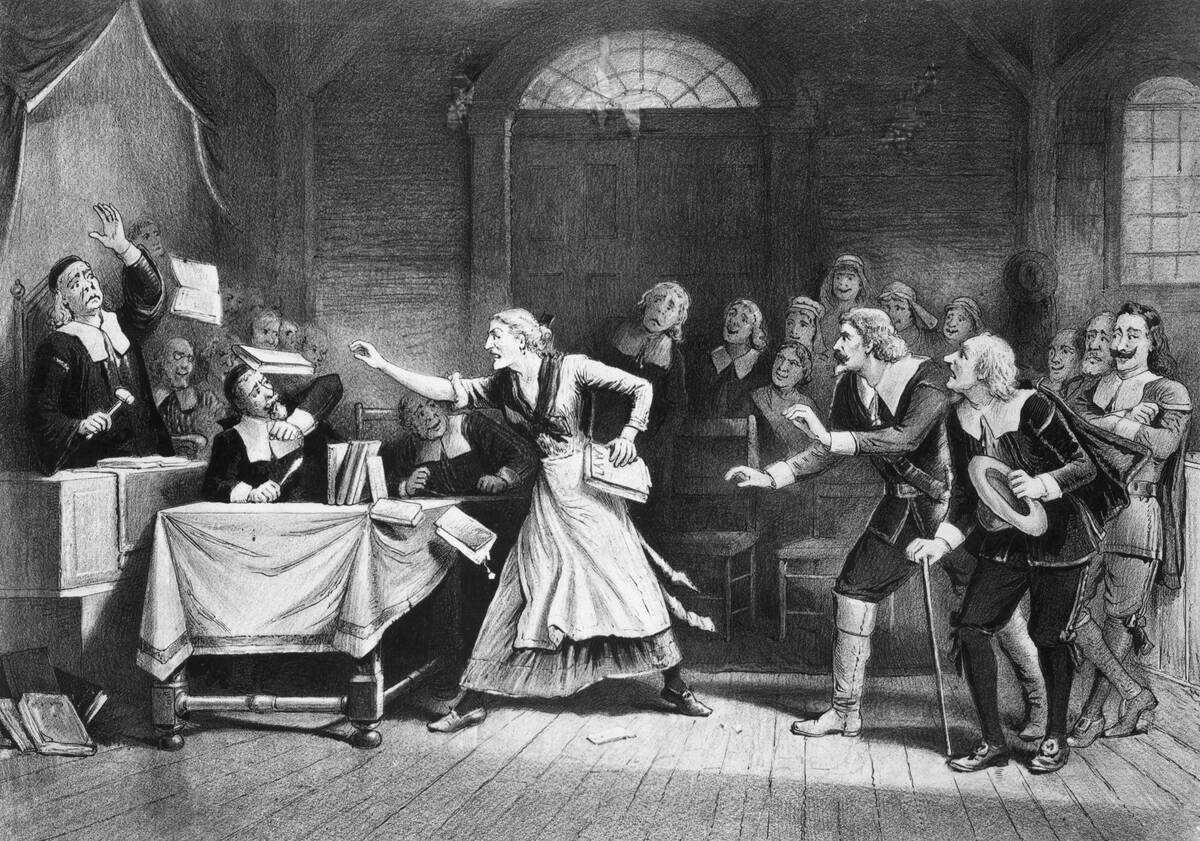
Superstition was a potent force in 17th century Salem, where the belief in the supernatural was part of daily life. Many colonists were Puritans who saw the world as a battleground between good and evil, with Satan actively working to corrupt souls. Fear of the unknown and the inexplicable led to a readiness to believe in witches and their malevolent power, making accusations of witchcraft almost inevitable in such a climate.
The Unexpected Catalyst: How a Group of Young Girls Initiated Chaos
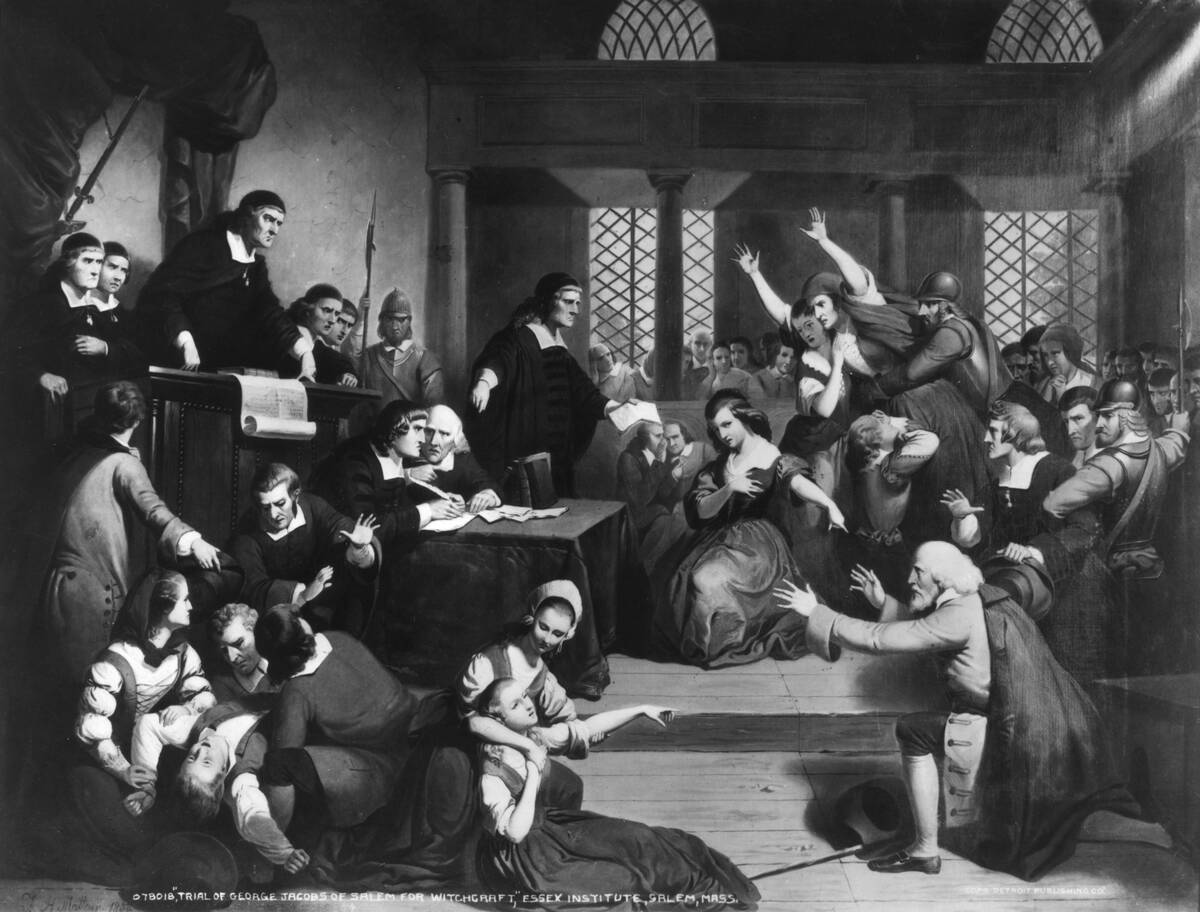
The witch hunt began when a group of young girls in Salem Village began experiencing fits, contortions, and uncontrolled outbursts. The local physician, unable to find any physical cause, declared the girls were bewitched. This diagnosis set off a chain reaction of fear and accusations. These young accusers, including Betty Parris and Abigail Williams, wielded significant influence, and their claims were taken seriously by the community leaders.
The Influence of Ergot Poisoning: A Hallucinogenic Theory
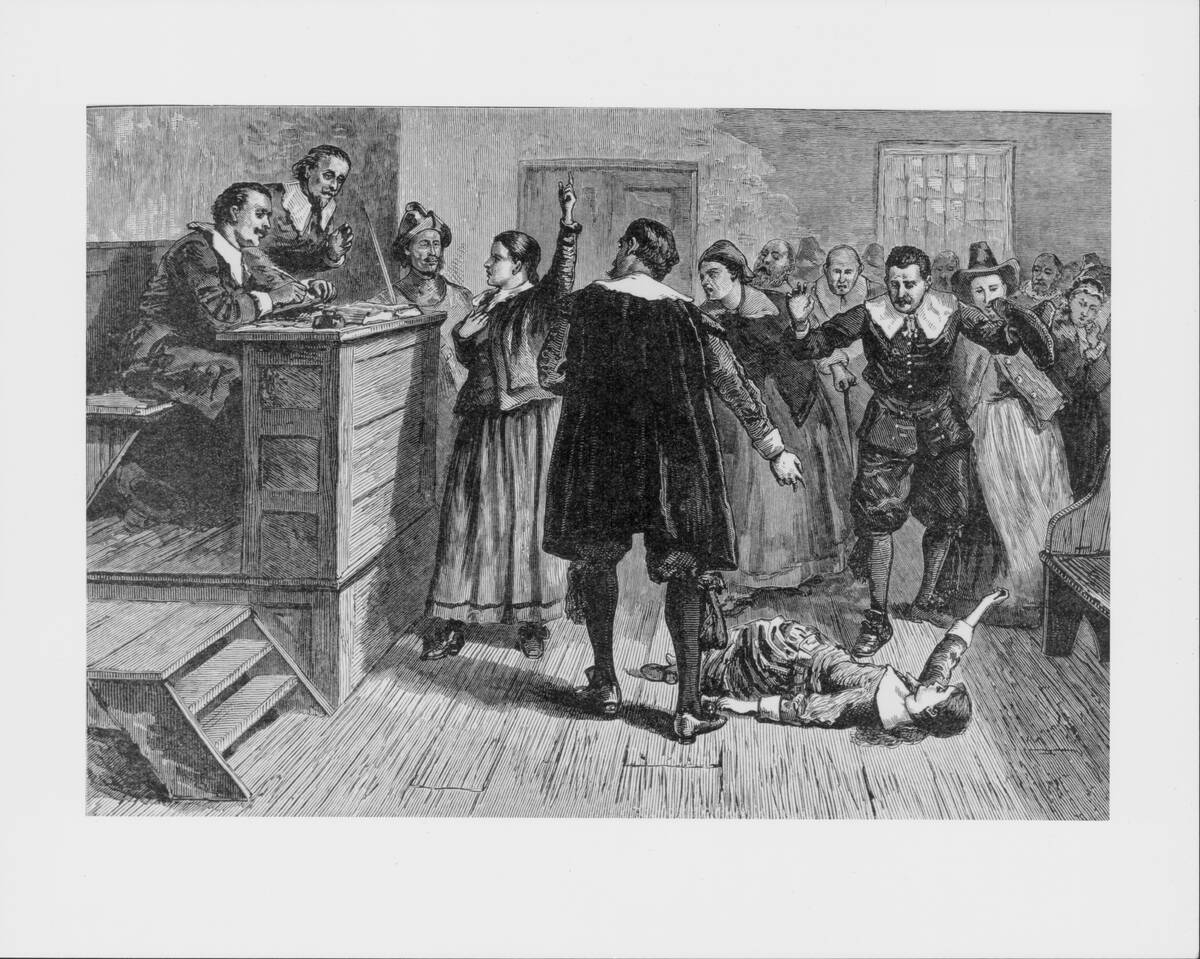
One theory suggests that ergot poisoning from contaminated rye may have contributed to the girls’ strange behavior. Ergot is a fungus that can cause hallucinations and convulsive symptoms, similar to those described by the girls. This theory posits that the physical and psychological effects of the poisoning could have been mistaken for witchcraft. Though intriguing, this explanation remains speculative, as it lacks definitive evidence.
The Power of the Pulpit: Reverend Samuel Parris and His Impact
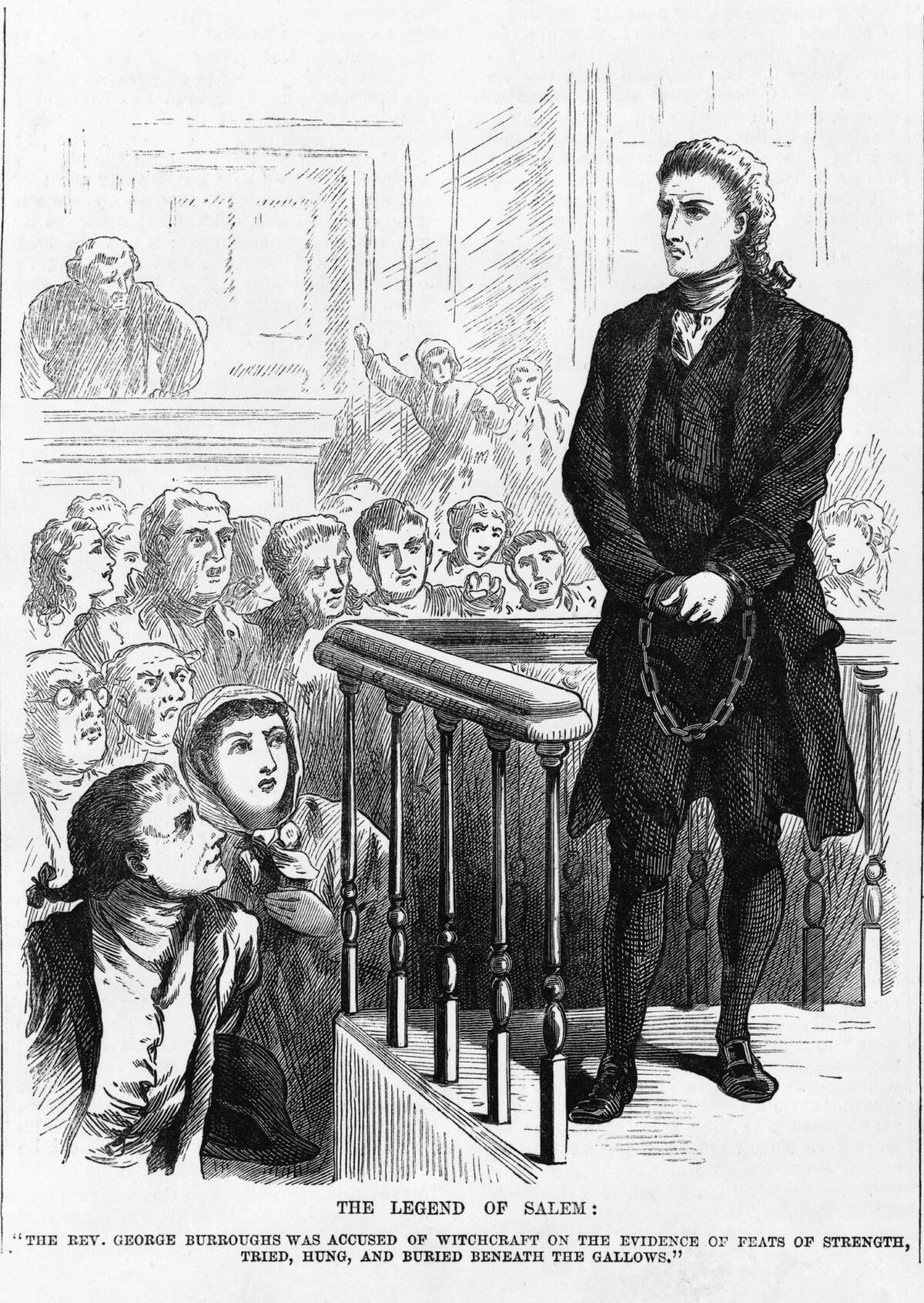
Reverend Samuel Parris played a significant role in the Salem Witch Trials. As the minister of Salem Village, his sermons often emphasized the presence of evil and the need for vigilance against the devil’s influence. His own daughter, Betty, was one of the first to exhibit symptoms of supposed witchcraft, lending credibility to the accusations. Parris’s position amplified the panic, as his religious authority carried weight in the Puritan community.
Accusations Gone Wild: The Sheer Number of People Accused
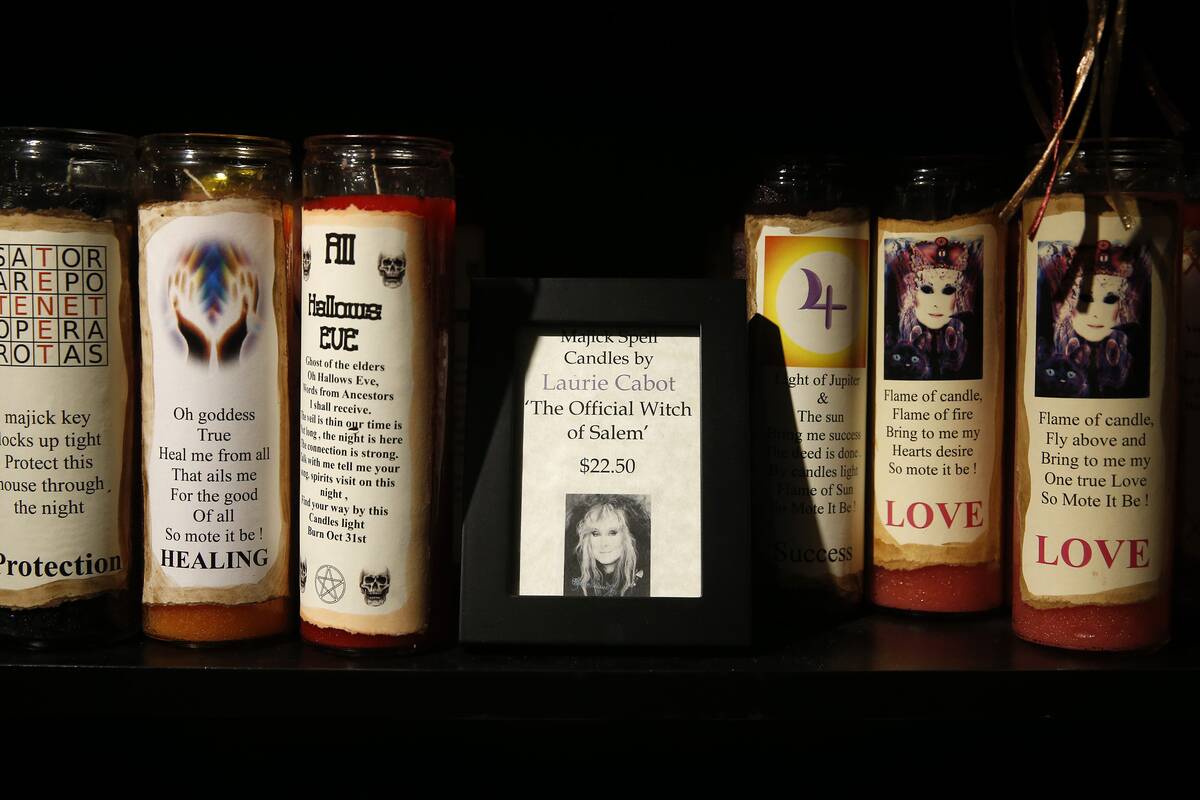
The Salem Witch Trials saw an alarming number of accusations, with over 200 people accused of witchcraft. The frenzy spread quickly, engulfing not just Salem Village but also surrounding areas. Accusations often stemmed from personal vendettas and longstanding grudges, with neighbors turning against each other. The trials created a climate of suspicion and fear, where anyone could be a potential witch and no one was safe from accusation.
The Infamous Court of Oyer and Terminer: Swift and Severe Justice
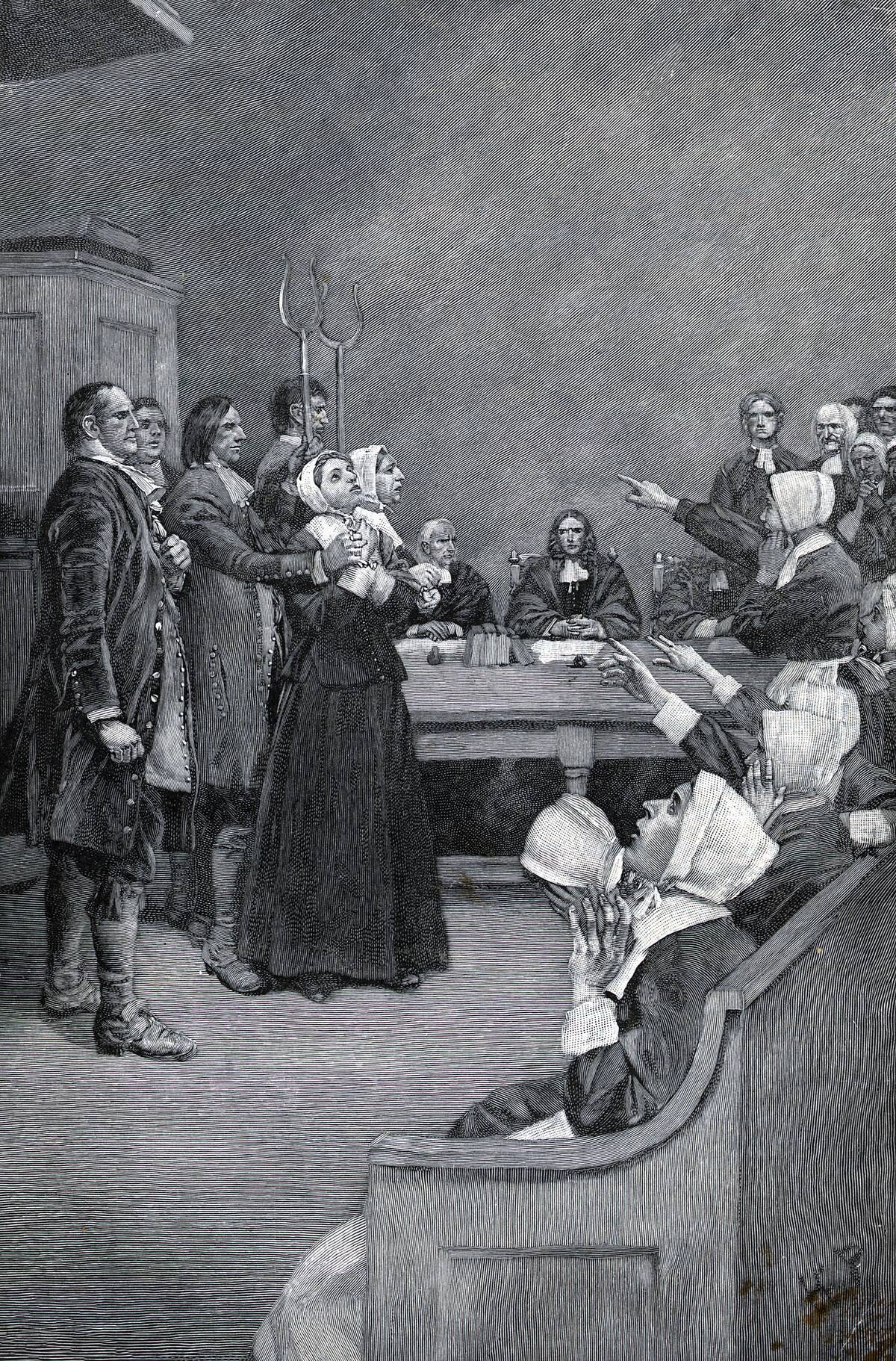
The Court of Oyer and Terminer was established specifically to handle the burgeoning number of witchcraft cases. The court, led by judges including William Stoughton, was known for its swift and severe judgments. Defendants faced a legal system that allowed for spectral evidence and denied legal representation. The court’s proceedings were marked by a lack of due process, leading to numerous convictions and executions based on flimsy evidence.
Tituba’s Confession: The Start of a Frenzied Witch Hunt
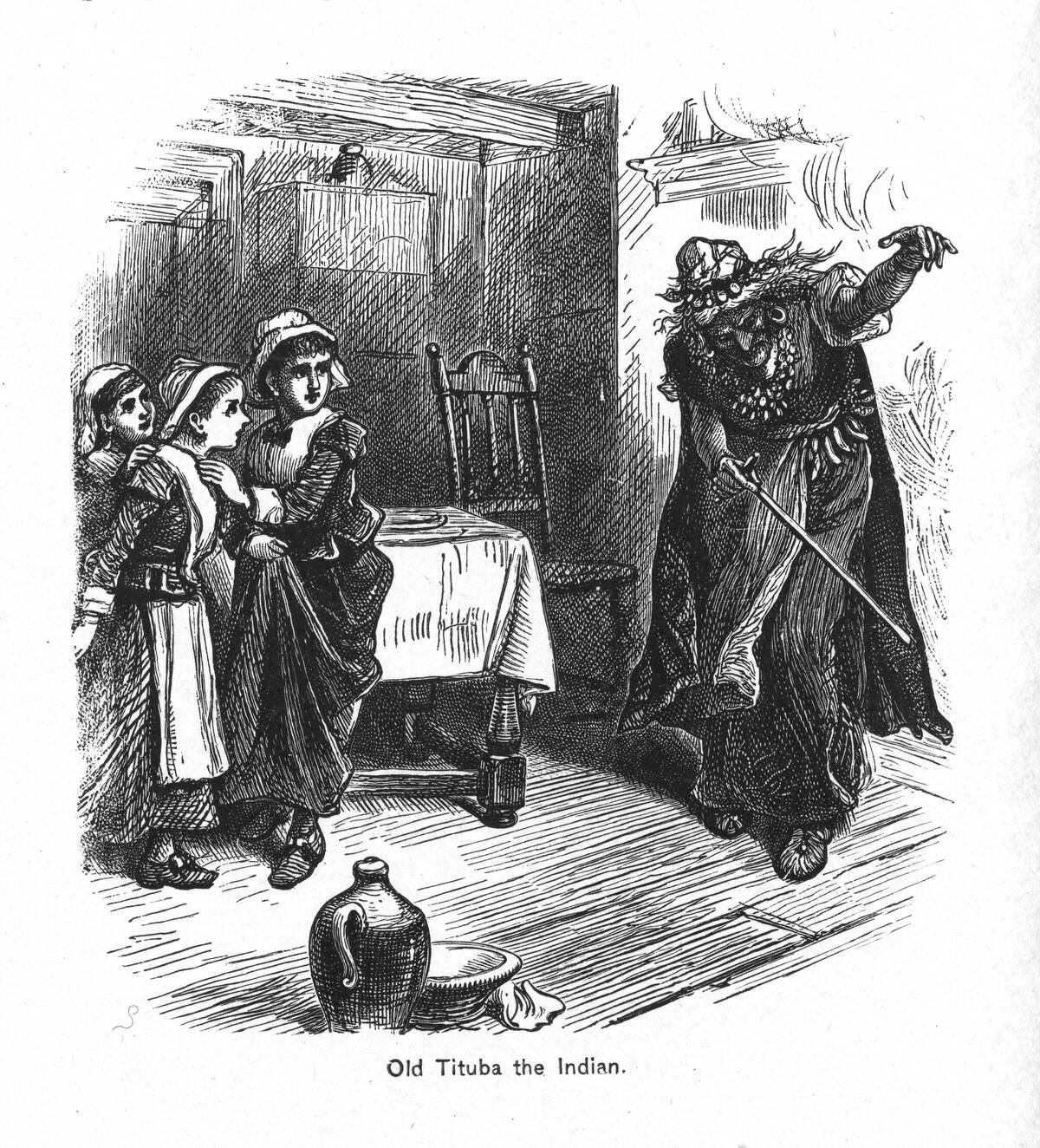
Tituba, an enslaved woman from the Caribbean, was among the first to be accused of witchcraft. Her confession, possibly coerced, was a turning point in the trials. Tituba claimed to have seen the devil and named other witches in Salem, fueling the hysteria. Her detailed accounts of witch gatherings and the devil’s pact added vivid imagery to the accusations, increasing the community’s fear and perpetuating the cycle of suspicion and blame.
The Test of Touch: A Peculiar Method of Identifying Witches
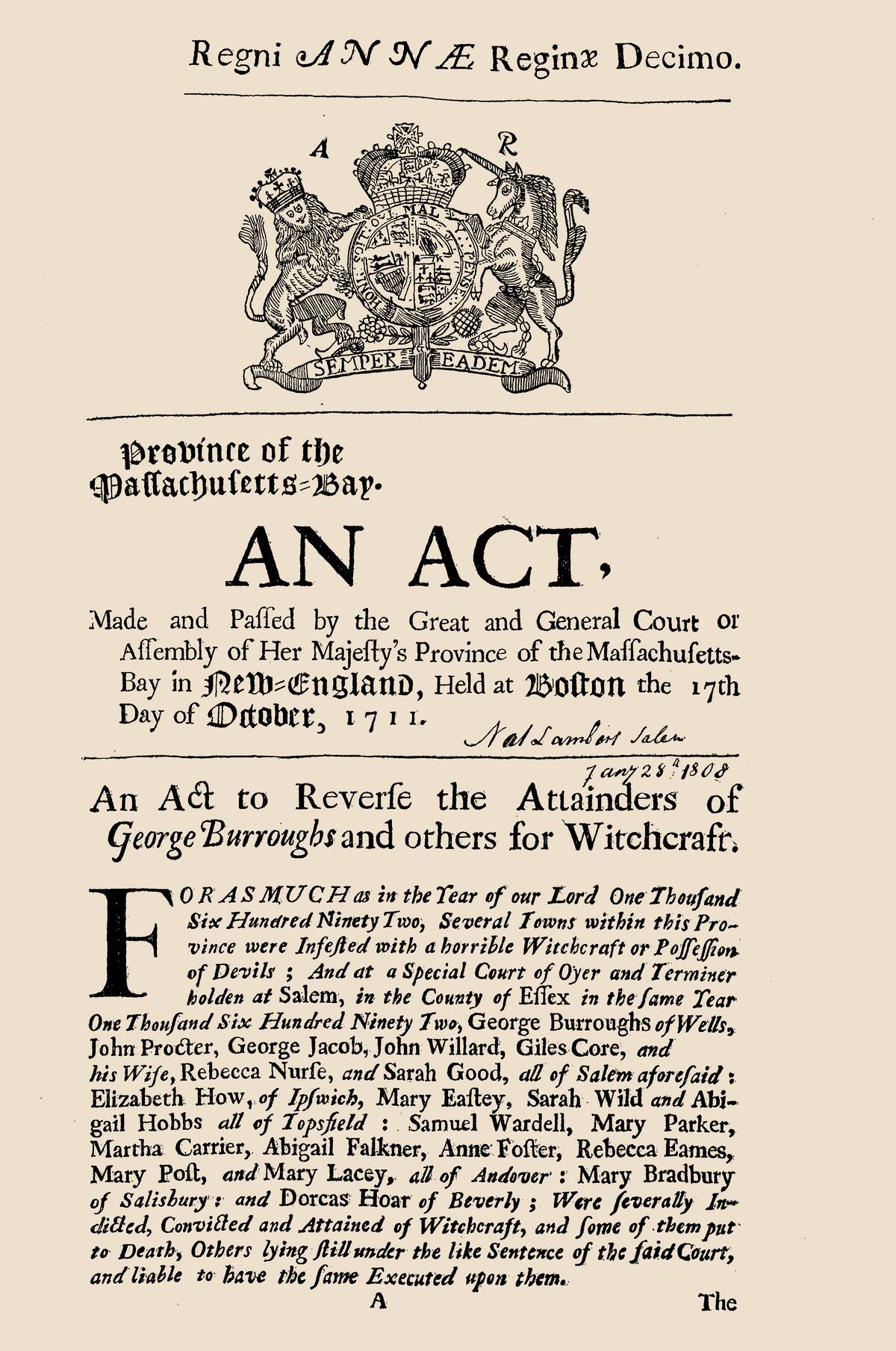
One of the bizarre methods employed during the Salem Witch Trials was the “touch test.” This involved the accused witch touching a victim during a fit; if the fit stopped, it was seen as proof of the accused’s guilt. This test was based on the belief that witches could project their spirits to torment victims. Despite its lack of scientific basis, the touch test was considered valid evidence, highlighting the era’s reliance on superstition over reason.
Spectral Evidence: Ghostly Testimonies That Held Weight
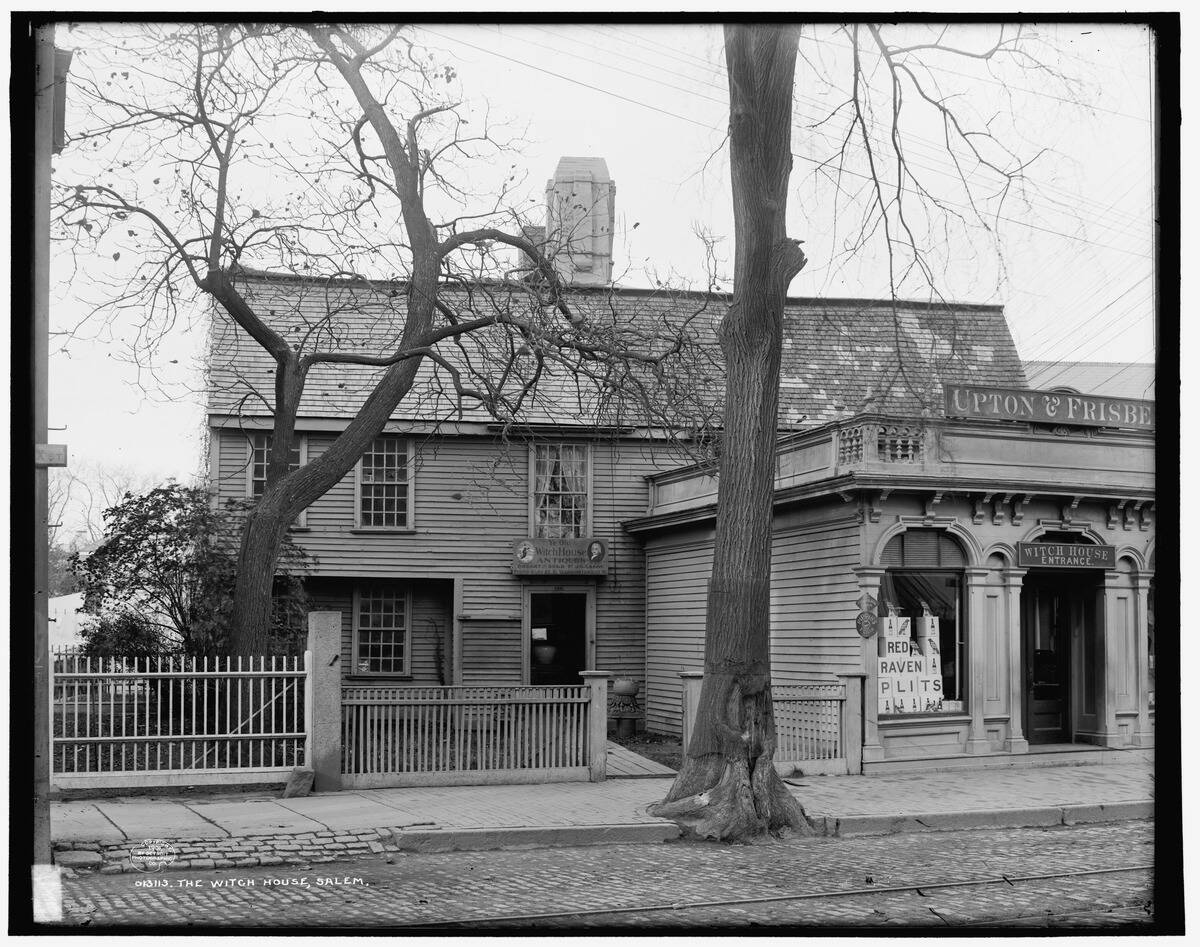
Spectral evidence was a controversial type of testimony allowed during the trials, where afflicted individuals claimed to see the specters, or spirits, of the accused tormenting them. This kind of evidence was notoriously unreliable, as it relied solely on the accuser’s word without any physical proof. Despite its dubious nature, spectral evidence was accepted by the court and played a pivotal role in many convictions, fueling the paranoia of the time.
The Tragic Fate of Giles Corey: Pressed for a Confession
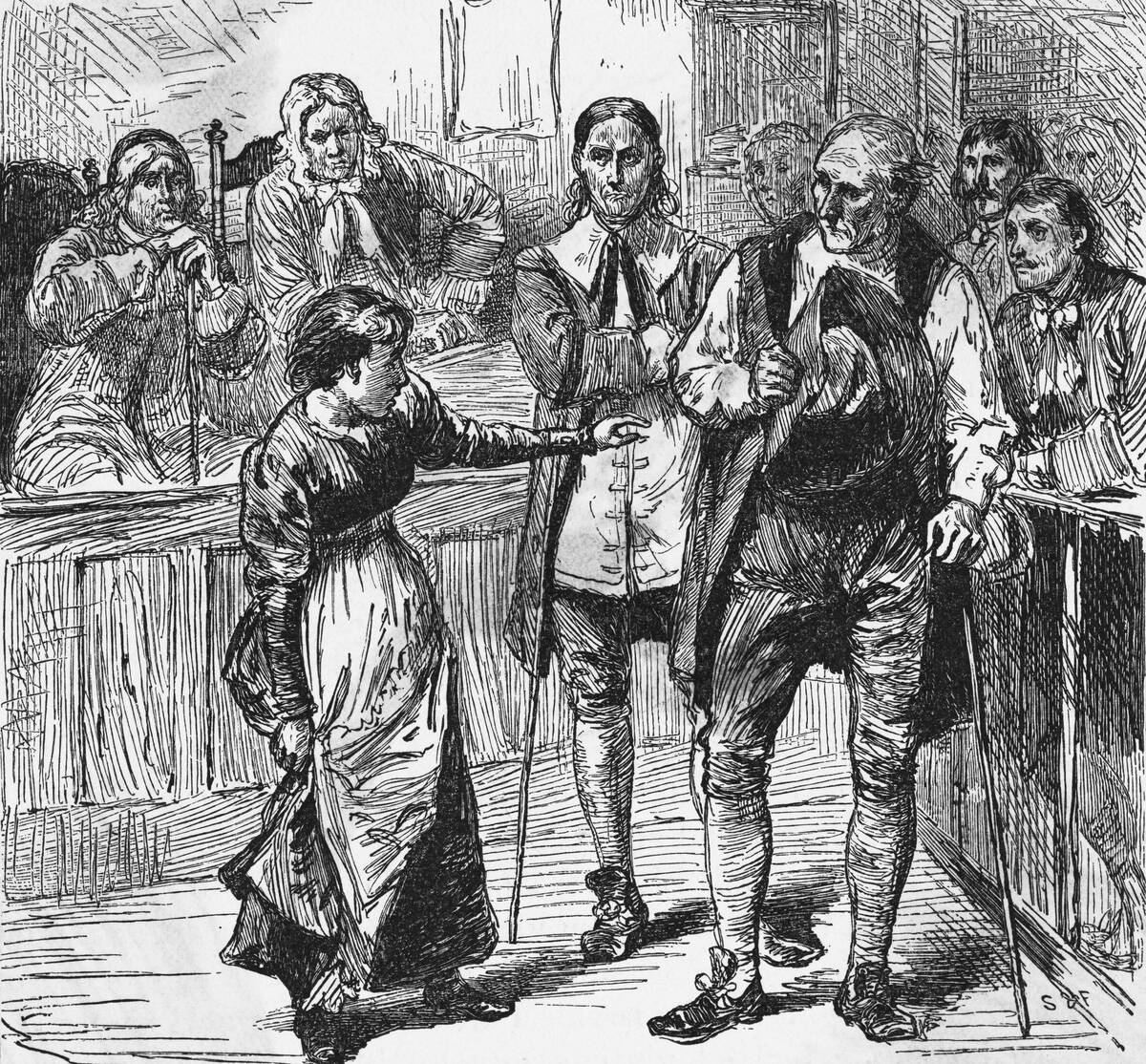
Giles Corey, a farmer in Salem, met a tragic end during the witch trials. Refusing to enter a plea, Corey was subjected to peine forte et dure, a form of abuse where heavy stones were placed on his chest to force a confession. Despite the excruciating pain, Corey remained silent, only uttering “more weight” as stones were added. His death highlighted the brutal methods employed during the trials and the resolve of those who resisted.
The Economic and Social Factors: Disputes and Divisions in Salem
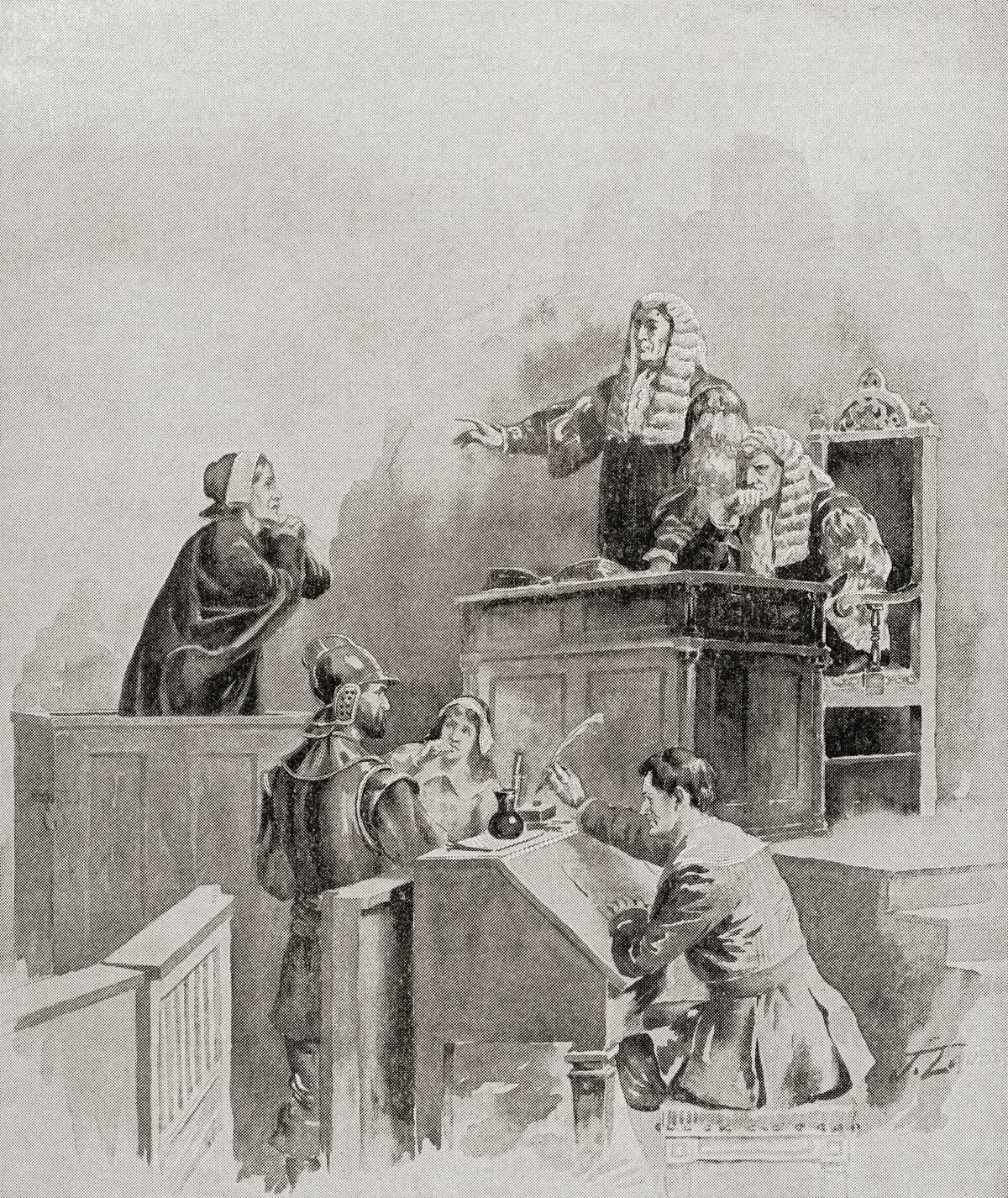
Underlying the witch trials were significant economic and social tensions within Salem. Disputes over land ownership and inheritance were common, and the village was divided between those who supported Reverend Parris and those who opposed him. These divisions created an environment ripe for accusations, as personal grievances often manifested as witchcraft charges. The trials exacerbated existing conflicts, deepening mistrust and animosity among neighbors.
The Role of the Malleus Maleficarum: A Guide to Witch Hunts
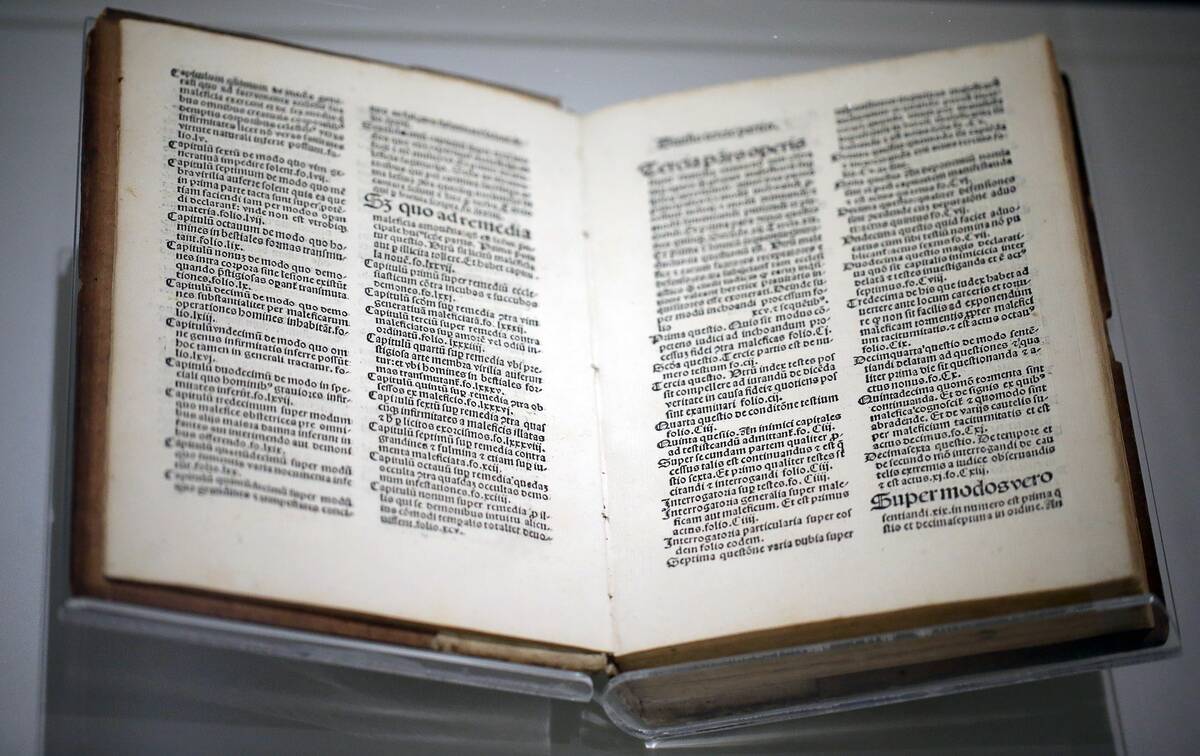
The Malleus Maleficarum, a treatise on witchcraft published in 1487, played a notable role in shaping the witch trials. Written by Heinrich Kramer, this guide provided detailed instructions on identifying, prosecuting, and punishing witches. Its influence extended to Salem, where its ideas about the nature of witchcraft and the necessity of eradicating witches informed the actions of those involved in the trials. The book’s legacy is a testament to its impact on witch hunts across centuries.
The Aftermath: How the Trials Changed Salem and Beyond
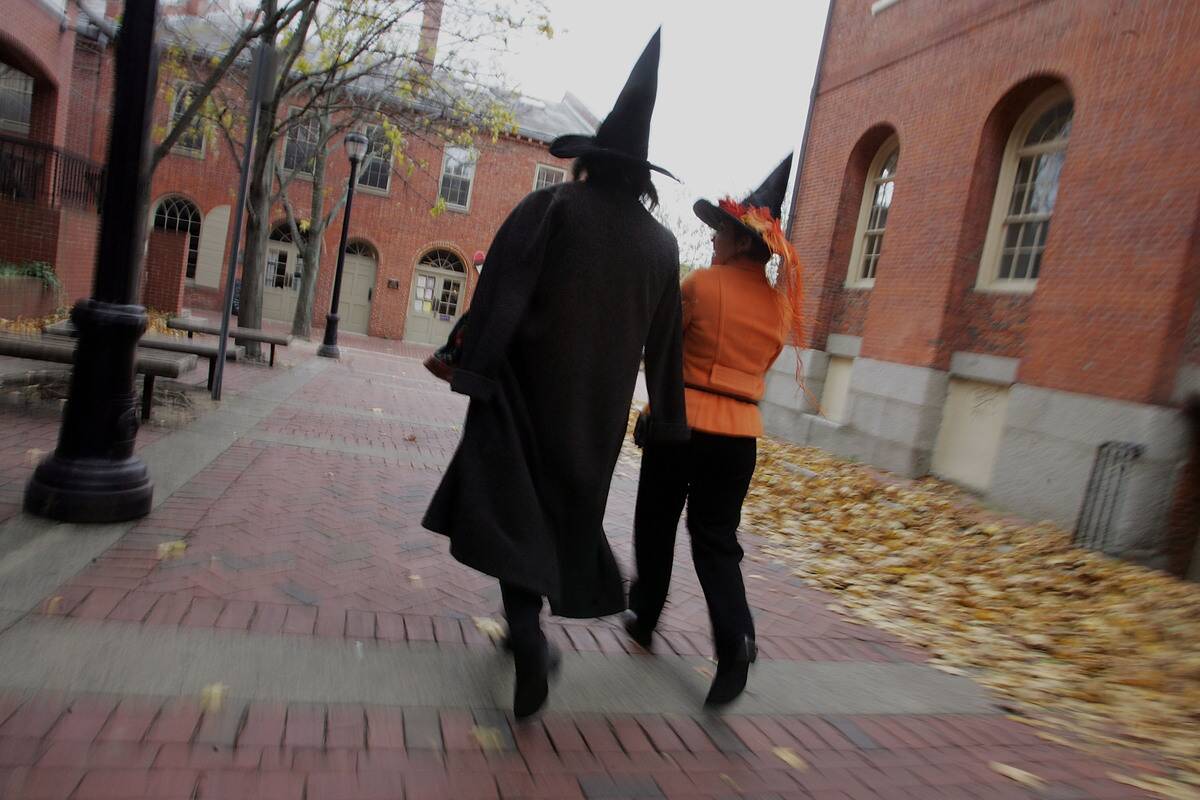
The aftermath of the Salem Witch Trials was profound, leading to a shift in the judicial system and public perception of witchcraft. The trials prompted a reevaluation of the use of spectral evidence and contributed to the eventual decline of witch hunts in America. The community of Salem, grappling with guilt and regret, worked to repair its reputation and relationships. The events served as a cautionary tale, highlighting the dangers of hysteria and unchecked power.
The Legacy of the Trials: Lessons Learned and Cultural Impact
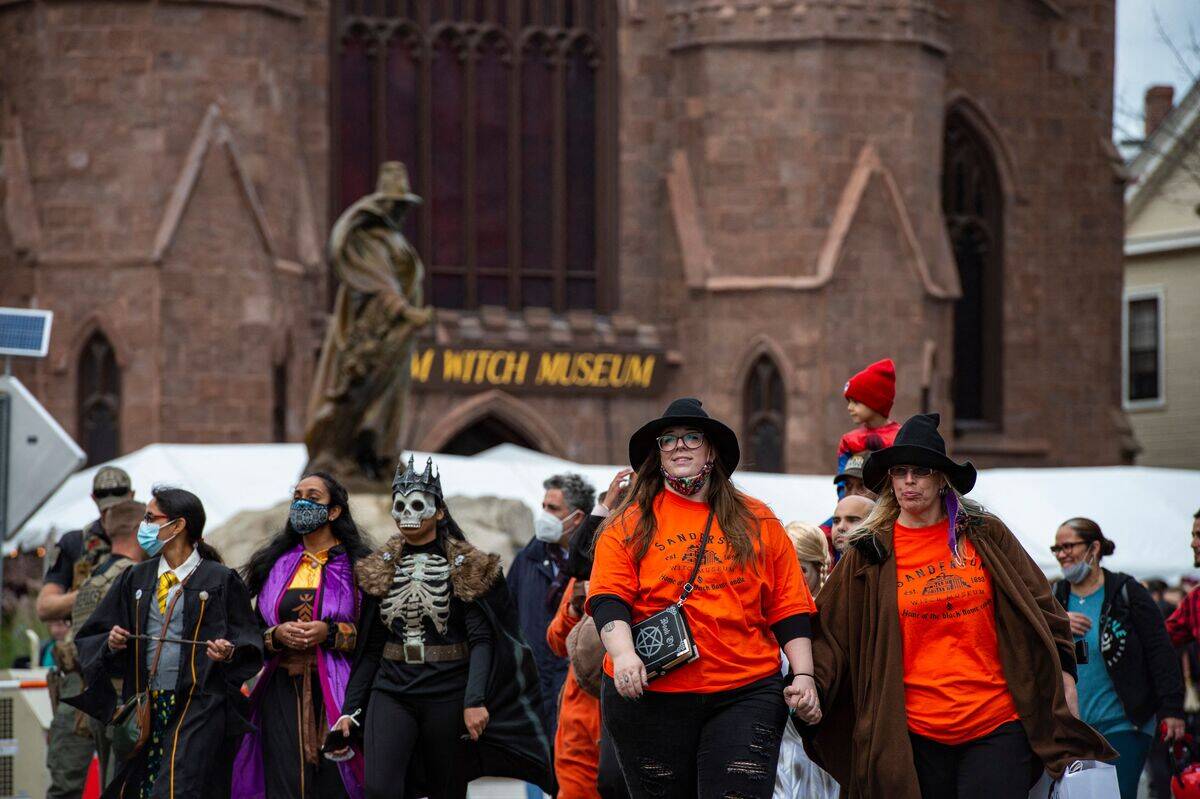
The legacy of the Salem Witch Trials endures in American culture, serving as a powerful reminder of the perils of mass hysteria and scapegoating. The trials have inspired countless books, plays, and films, cementing their place in popular imagination. They underscore the importance of due process and the protection of individual rights. As a symbol of injustice, the trials continue to prompt reflection on human behavior and the need for vigilance against similar episodes in the future.




